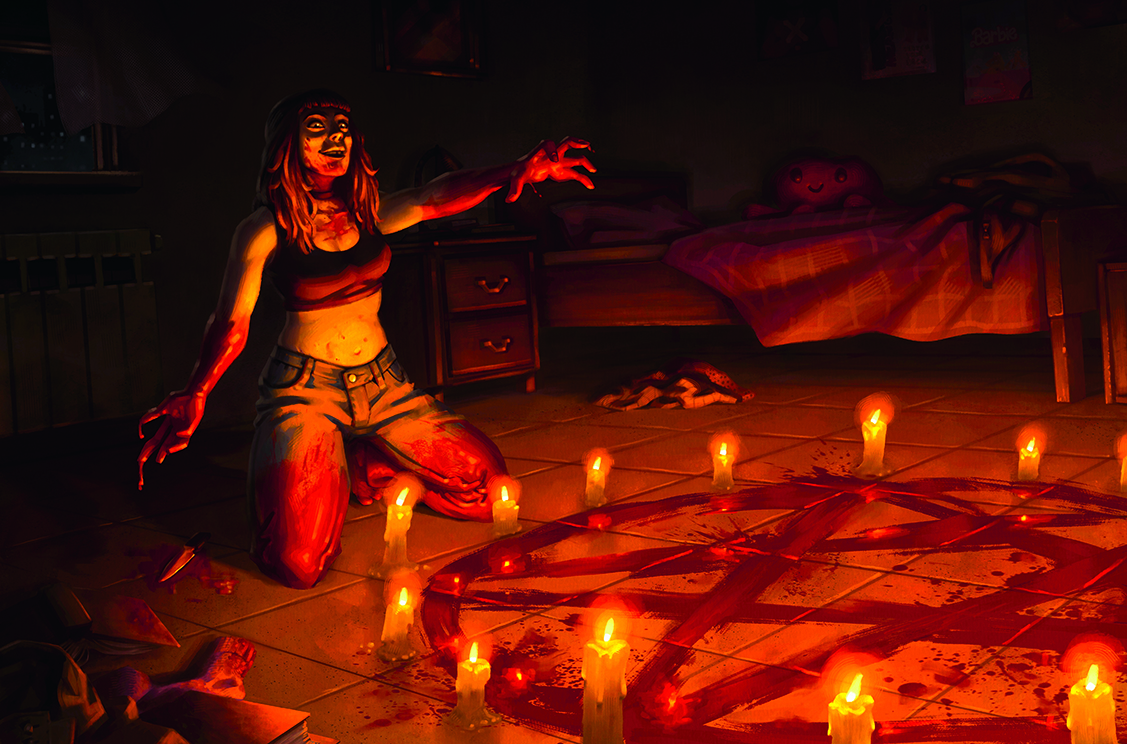How AI is changing graphic design
We spoke to leading graphic designers to discover how and why they're using AI.
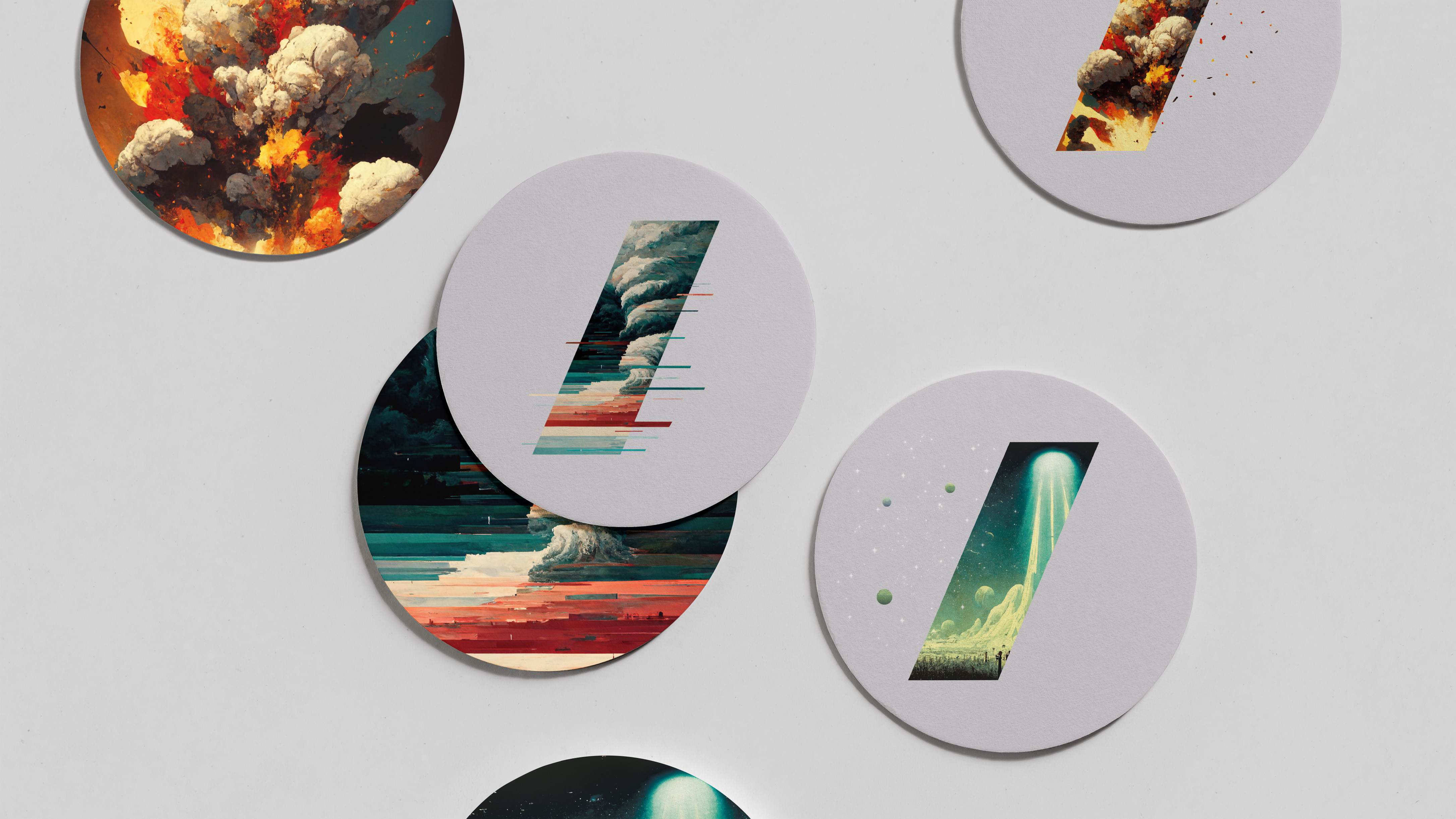
Artificial intelligence is affecting all areas of design and creativity, with some people and disciplines seeing more changes than others. To find out how AI is changing graphic design, we spoke to creatives at four different design agencies.
We asked them a few questions – prompts if you like – and they came back with some rather thoughtful reflections on what AI means to them, their studios, and to the industry as a whole.
For more on AI and how it can help your creative process, see the best AI for graphic design and 7 ways creatives are using AI.
How AI is changing design
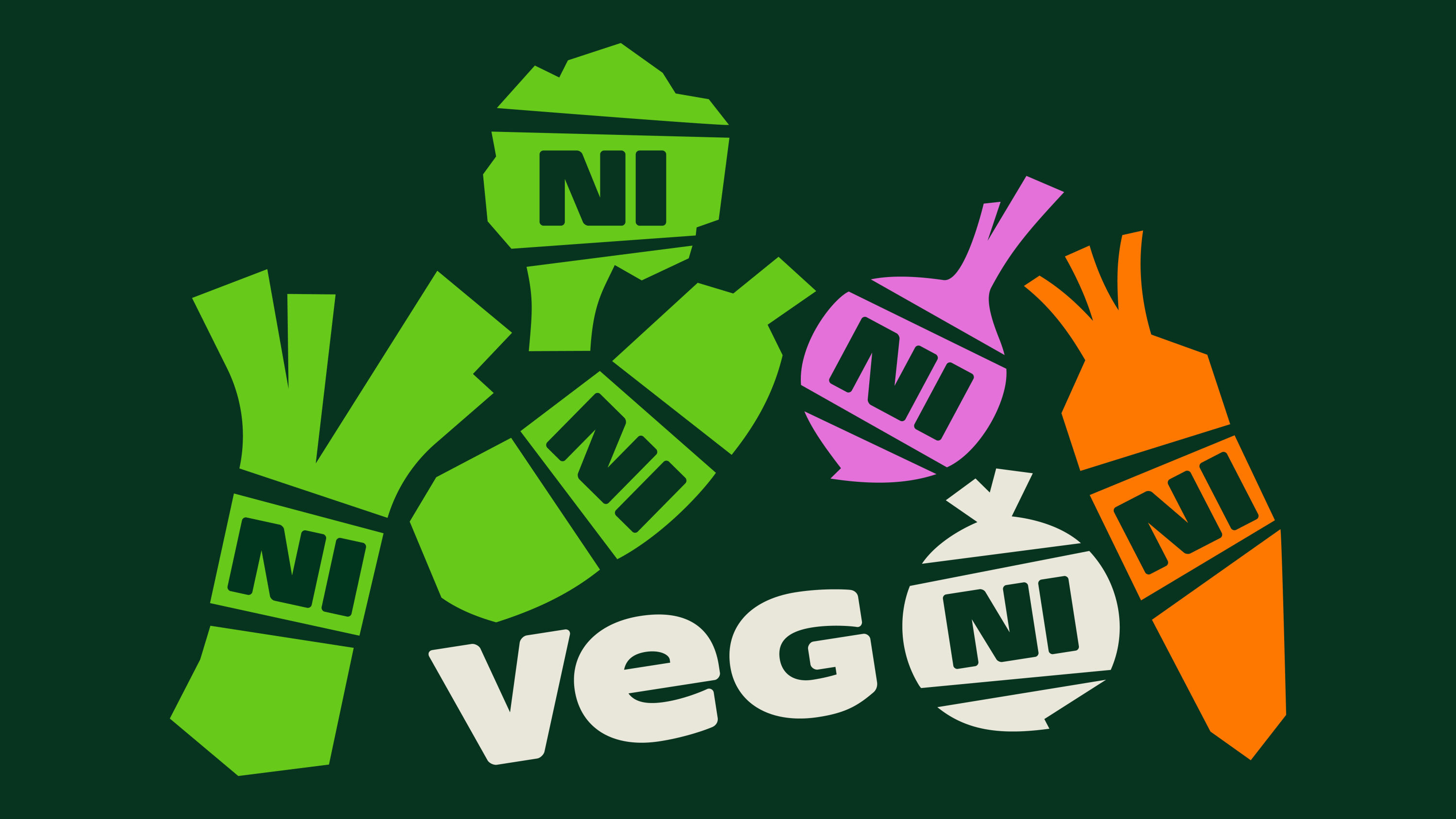
Our designers agree that AI has had a big impact. "The landscape of design has been changed irrevocably with the launch of easy access to Generative AI tools like Midjourney and Stable Diffusion," says Jessica Tan, digital creative director at Design Bridge and Partners Singapore.
While some are worried about what this means, others are enjoying this period of change. "Our team is having great fun experimenting with AI, particularly Photoshop Beta, ChatGPT and Midjourney," explains Ben Christie, founder and partner at Magpie Studio. "We’ve used it on everything from quick, daily tasks like email writing to more in-depth tasks such as generating imagery fast and writing code for After Effects. It’s incredibly handy for writing scripts and expressions that save the designers time." And it's not just the Magpie Studio team who've found it useful. "We’ve even used Midjourney to create the images for a cocktail bar identity for Lyaness, which has gone down really well with the client and their customers," says Christie.
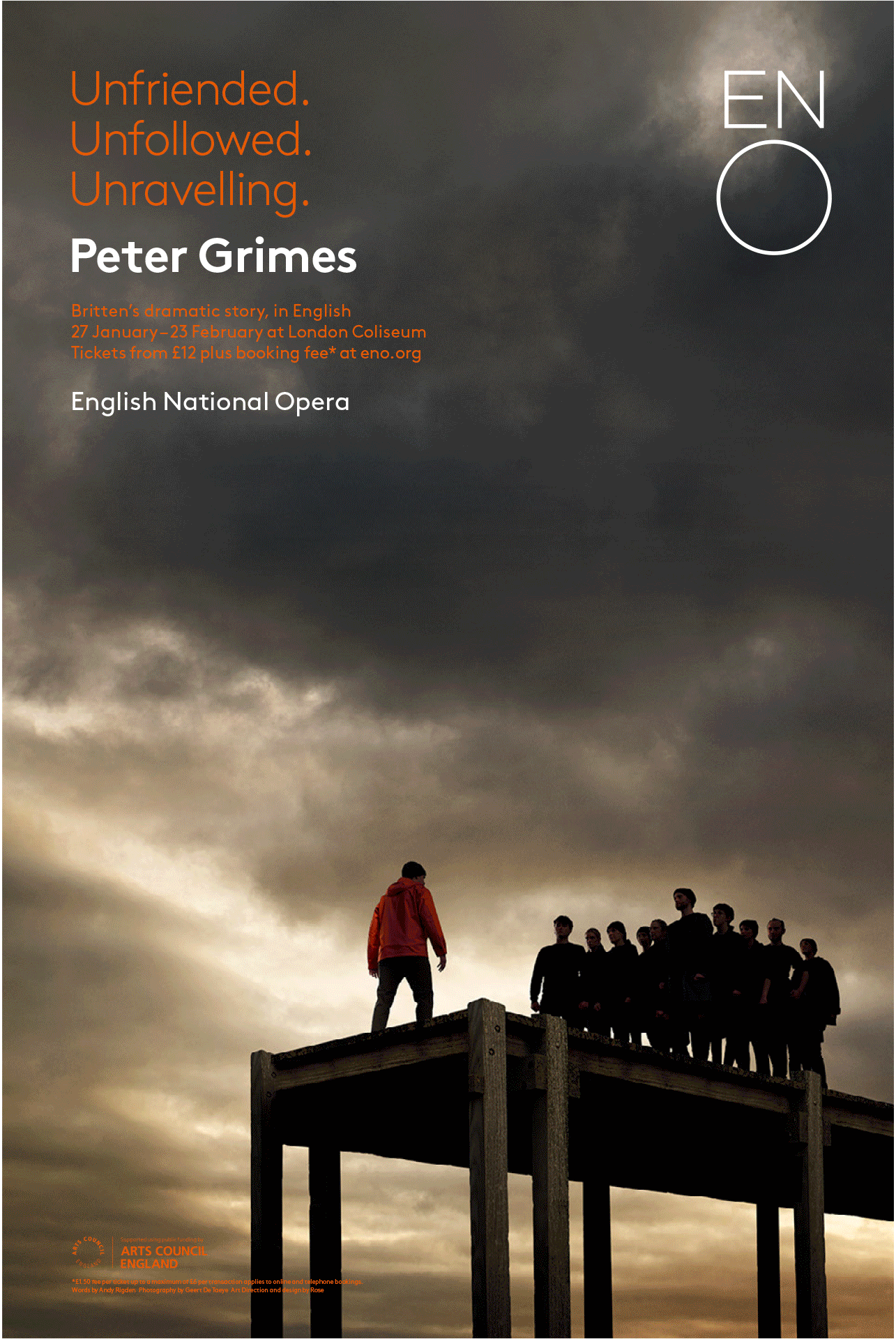
Simon Elliott, partner at Rose, can also see some positives to AI: "I can see the benefit and appeal in cutting down the time to create iterative tests and design developments. I can also see how this will help jobbing graphic designers and those needing to output communications from outside our profession. So I think these kind of changes are already proving beneficial in some areas of design."
Connor Edwards, a designer at Jack Renwick Studio, sees AI as an exciting new tool, similar to Photoshop or Cinema 4D. But like any tool, it has its limitations. "AI doesn't yet make the creative connections that a human brain does – those weird and wonderful observations that aren't always logical or are sometimes completely based on chance. Until AI can make these kinds of leaps, it's hard to see it as more than a tool to help people execute their own ideas."
Daily design news, reviews, how-tos and more, as picked by the editors.
The risks of using AI
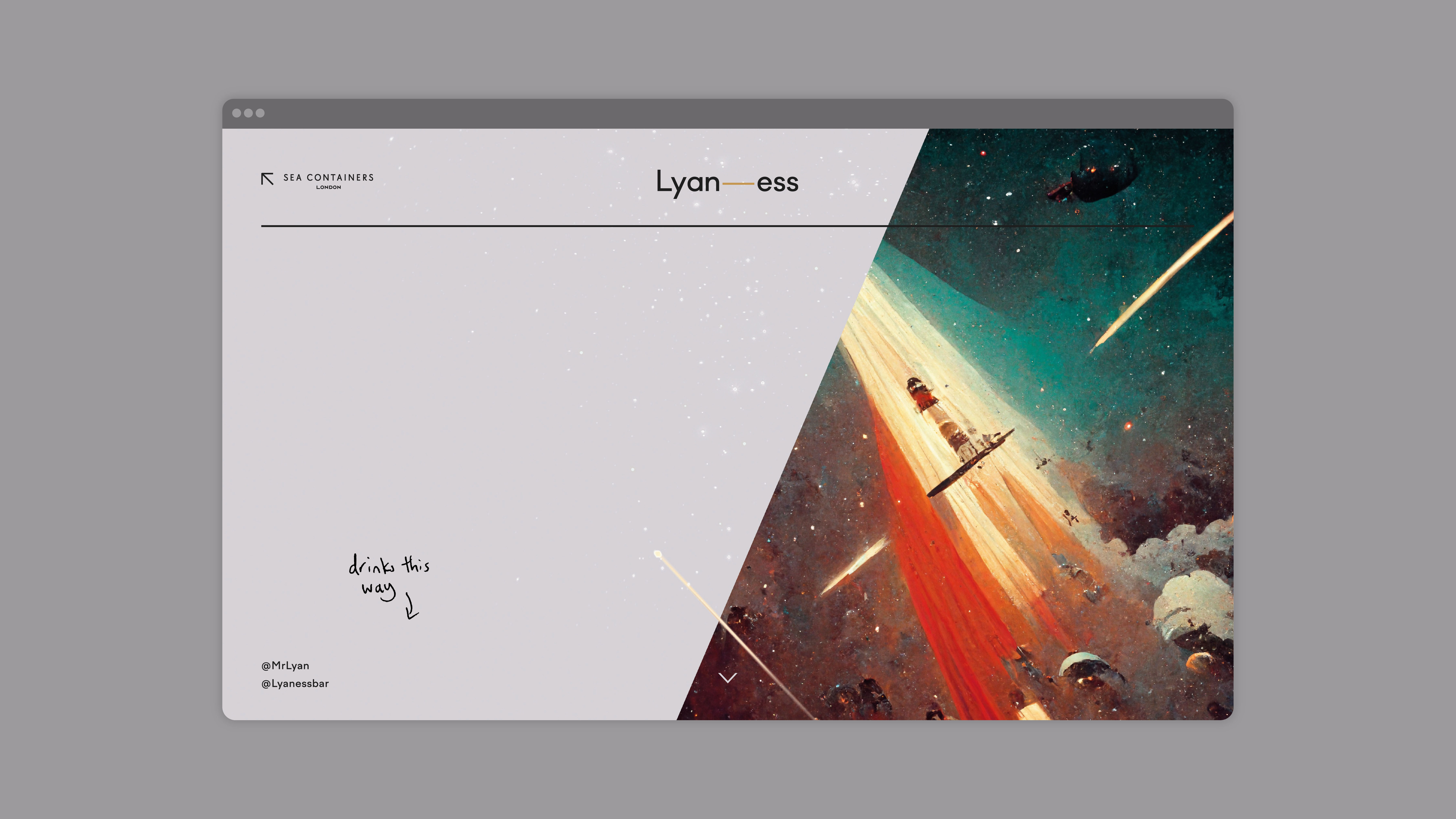
Alongside the excitement around this new technology, there is also a sense of unease, says Tan. "While the tools have become inescapably useful in my day to day – it feels important to think more deeply about how we let this technology shape our industry and what the long-lasting impact can be on not only how we work, but on the value of creativity at the core of our industry."
There are a few things in particular that worry Tan, "It’s hard not to feel like the value of art, and that of artists, has fallen with the ease with which these images can now be spirited out of thin air with a simple line of text," she says.

She's also worried about AI contributing to the "blandification" of web design or branding. "The problem will only get worse as tremendous amounts of data continue to be spewed forward by AI generation, feeding into the sea of sameness, and gorging itself on polluted pools of data so that we are training AI on AI-generated data. As lovers of design, we need to do everything we can to avoid that."
We're concerned that AI could further homogenise the creative output of our industry
Connor Edwards, Jack Renwick Studio
Edwards has similar concerns. "We're concerned that AI could further homogenise the creative output of our industry. AI learns from the inputs we all provide, so if we prompt AI with something, it will inevitably reproduce it for someone else, somewhere. This is similar to everyone drawing inspiration from the same trending images on their Pinterest feeds."
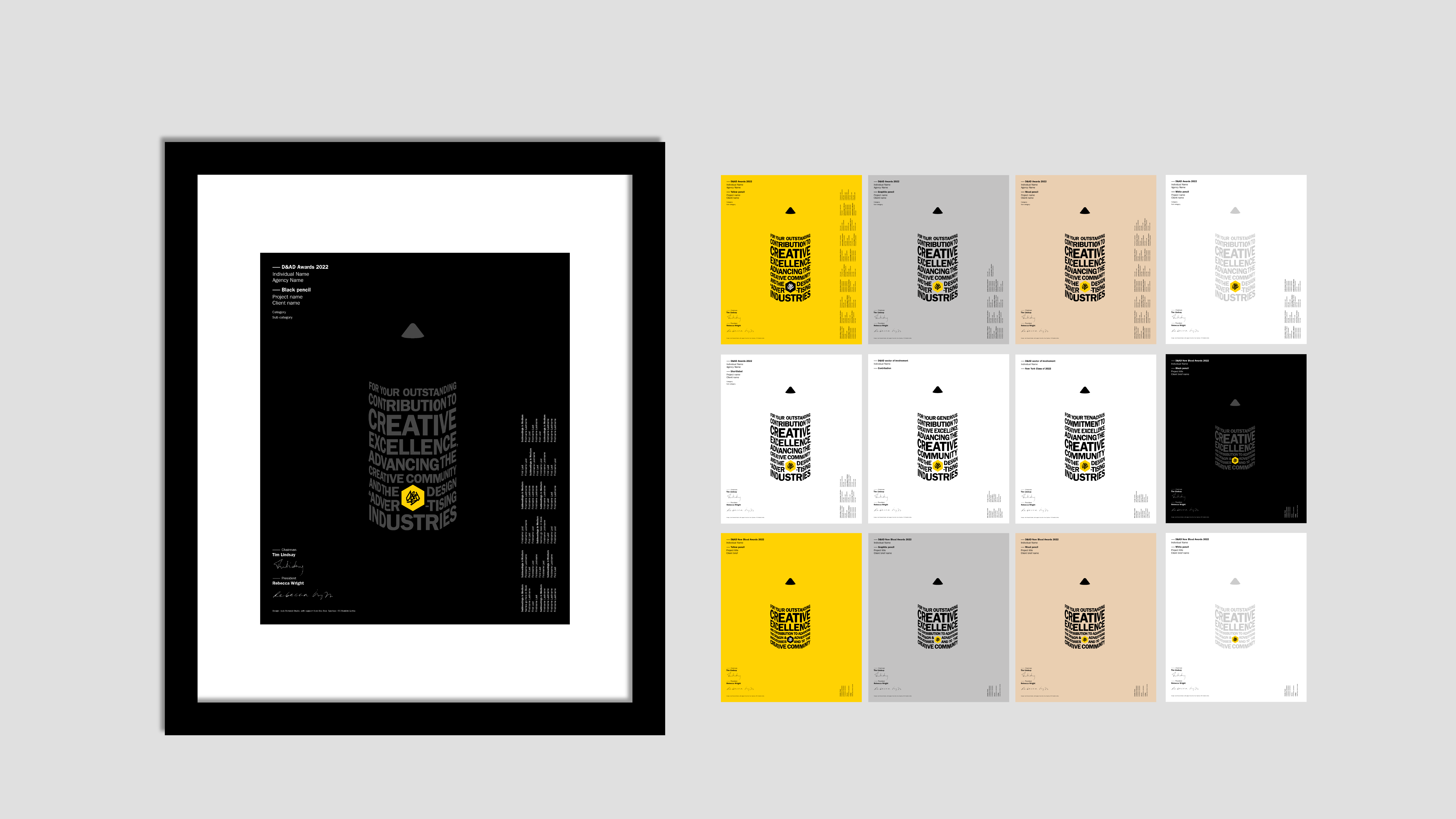
Ownership and copyright concerns were also areas of concern. "As AI gathers data from images across the internet, questions arise about who owns these new creations," says Edwards. "Can they be licensed for use in creative work? Should the original creators of the source imagery receive credit? Is there a risk that talented creatives might get ripped off?"
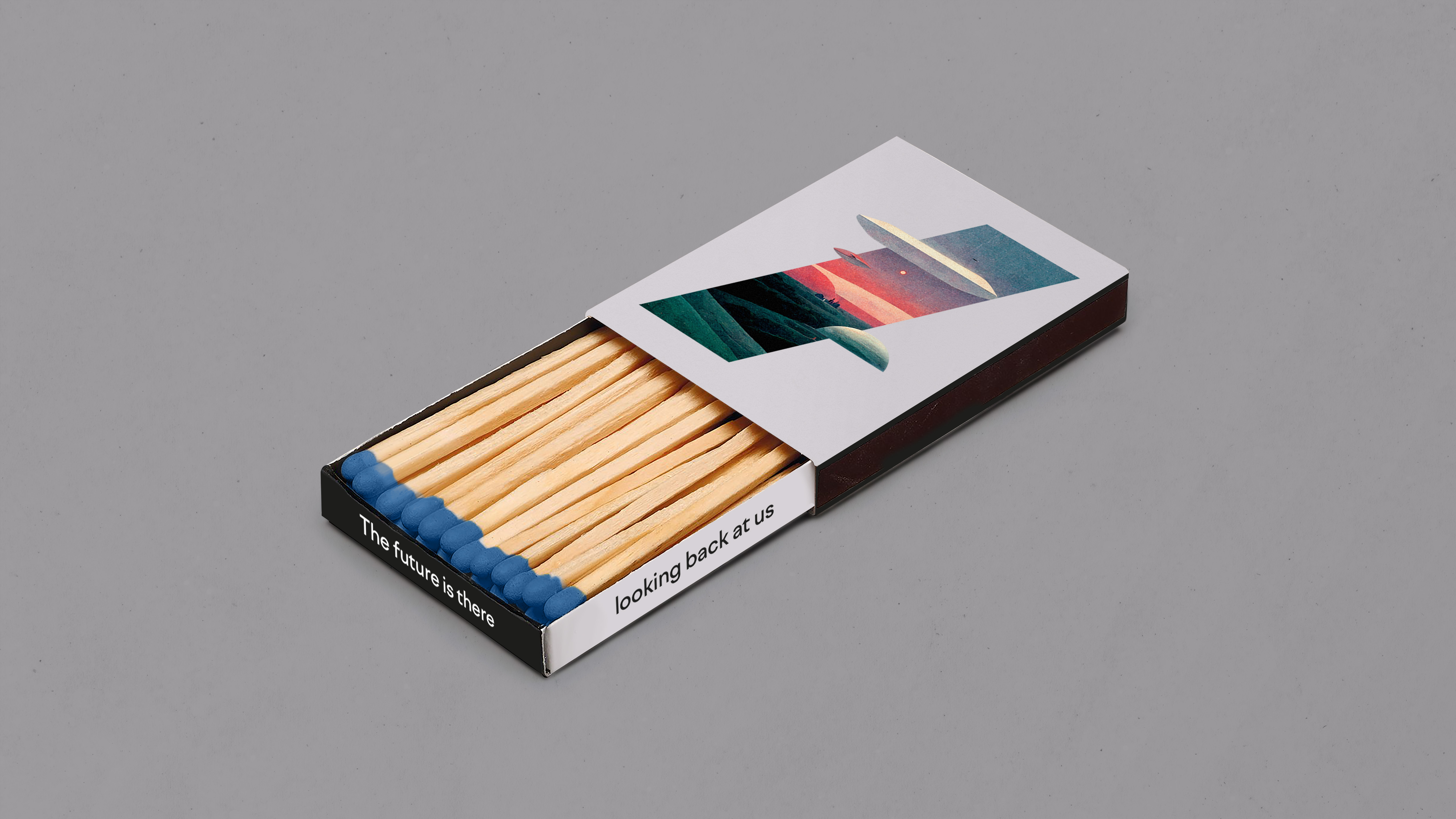
"There are already issues with creative IP and AI," agrees Christie, "and without proper regulation this is only going to get worse. AI is developing so fast, it’s already becoming hard to tell human-generated from AI-generated imagery. We’re hopeful that legal minds will quickly figure out how to control authorship in a fair and manageable way. In the meantime, it’s best to flag when it’s used so that authorship is clear, and people still get credit for their work."
Use AI to become more creative – but not if you want to be more original
Jessica Tan, Design Bridge and Partners
The speed with which AI can produce images can be seen as a benefit, but there's a flipside, too. Elliott notes that it could lead to laziness or over-reliance in some designers, but that it could also effect clients too. "[AI could] fuel client expectation of faster delivery, in a world where everyone already expects everything yesterday."
AI's impact on creativity is also potentially an issue: "A recent study shows that while AI can improve the creative output of any given individual, it can hinder a highly creative person by anchoring their thinking," says Tan. "The conclusion? Use AI to become more creative – but not if you want to be more original."
AI and design today
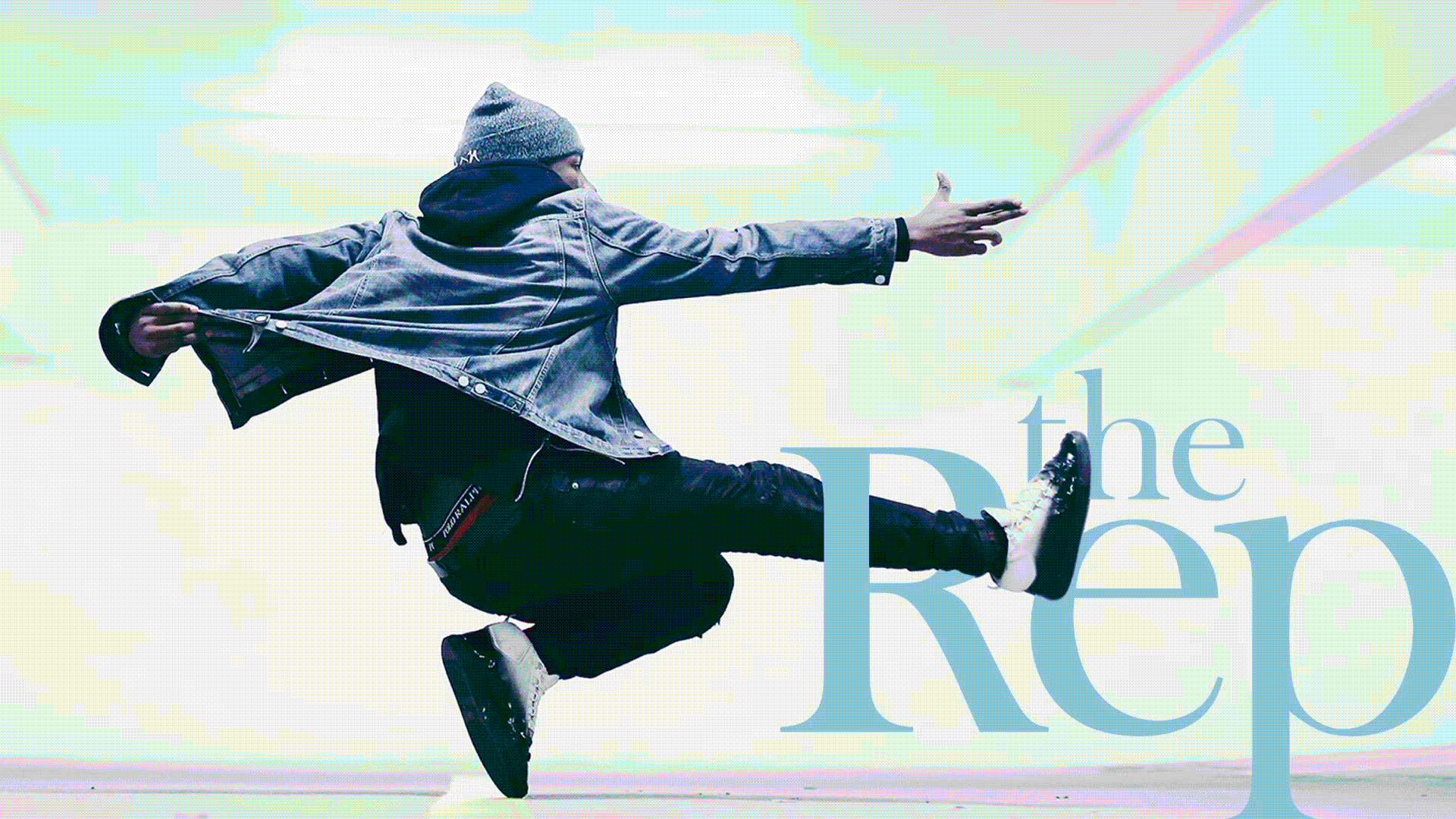
Despite these potential risks, all the designers we spoke to are using AI in some form or other in their work. After getting involved first of all because of the "novelty factor", Connor is experiencing how AI can save designers time: "We have used it practically to make repetitive tasks faster and more efficient, things like image cropping, resizing and colour editing, freeing up time for us to focus on more creative tasks. I’m finding it fascinating and fun to test things out and try things quickly that maybe would have taken days pre-AI."
At Design Bridge and Partners, the team are also finding AI can speed things up "Generative AI tools like Midjourney and Stable Diffusion are great for concept generation, quick visualisations, and storyboarding," says Tan. "The results are impressive in conveying the idea to clients as it allows us to create polished frames in a fraction of the time – but hard to control. A lot of effort and time is still required to be able to give it precise direction, as design should be.
"However, in day-to-day work, I find integrated AI like Adobe Firefly to be much more exciting. It represents a dramatic reduction of time to do menial design tasks – freeing up more time for imagination and creativity."
At Rose, Elliott has used AI less: "We've used fairly basic algorithms in our strategy work for a long while. And our team have put some of the Photoshop AI generative features to good use on quick mock-ups and visuals. But I haven't seen much evidence yet of AI in our industry that will help us beyond this."
AI and the future of design
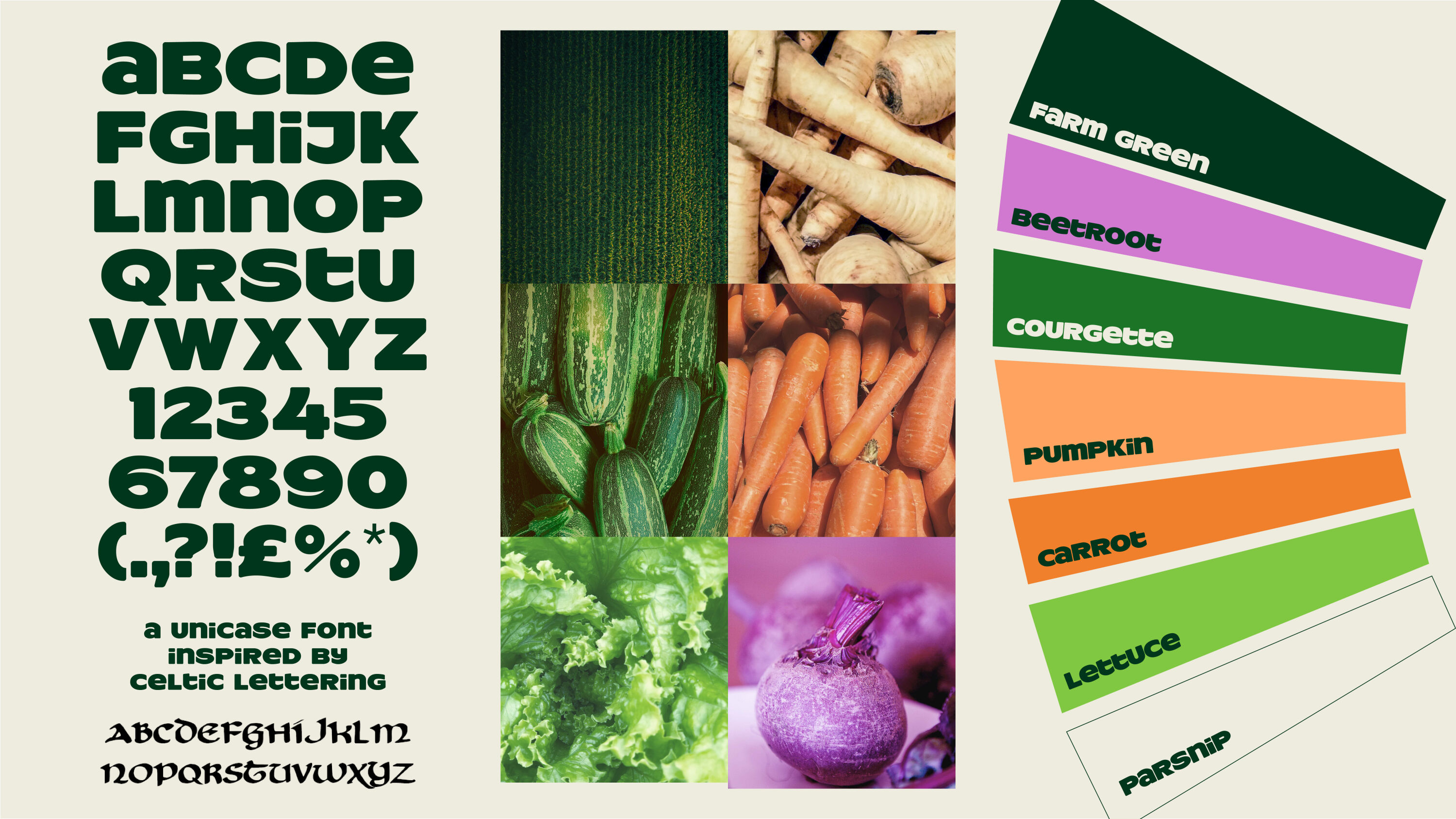
Where will AI take us next in the world of graphic design? "Who knows," says Edwards. "The possibilities could be endless." He is positive overall, though. "Anything that puts creative tools in the hands of more people is a good thing in our books. With AI software easily accessible and often free to use, as well as being more intuitive than traditional design software, we hope people who might have previously been excluded from the creative industry could have a new world opened to them – bringing the diversity our industry needs."
Elliott is a little more cautious. "If you consider that Geoffrey Hinton (generally cited as the 'Godfather of AI') has been very public in voicing his regrets and concerns about what he sees as the dangers of AI from all his experience and involvement in pioneering it, I'd suggest we should pay heed and treat it with both respect and caution. On the one hand, it could be a wonderful asset in the designer's toolkit. But as a replacement for the creative magic behind the astonishing thinking, design and craft our industry is capable of? I don't think so."
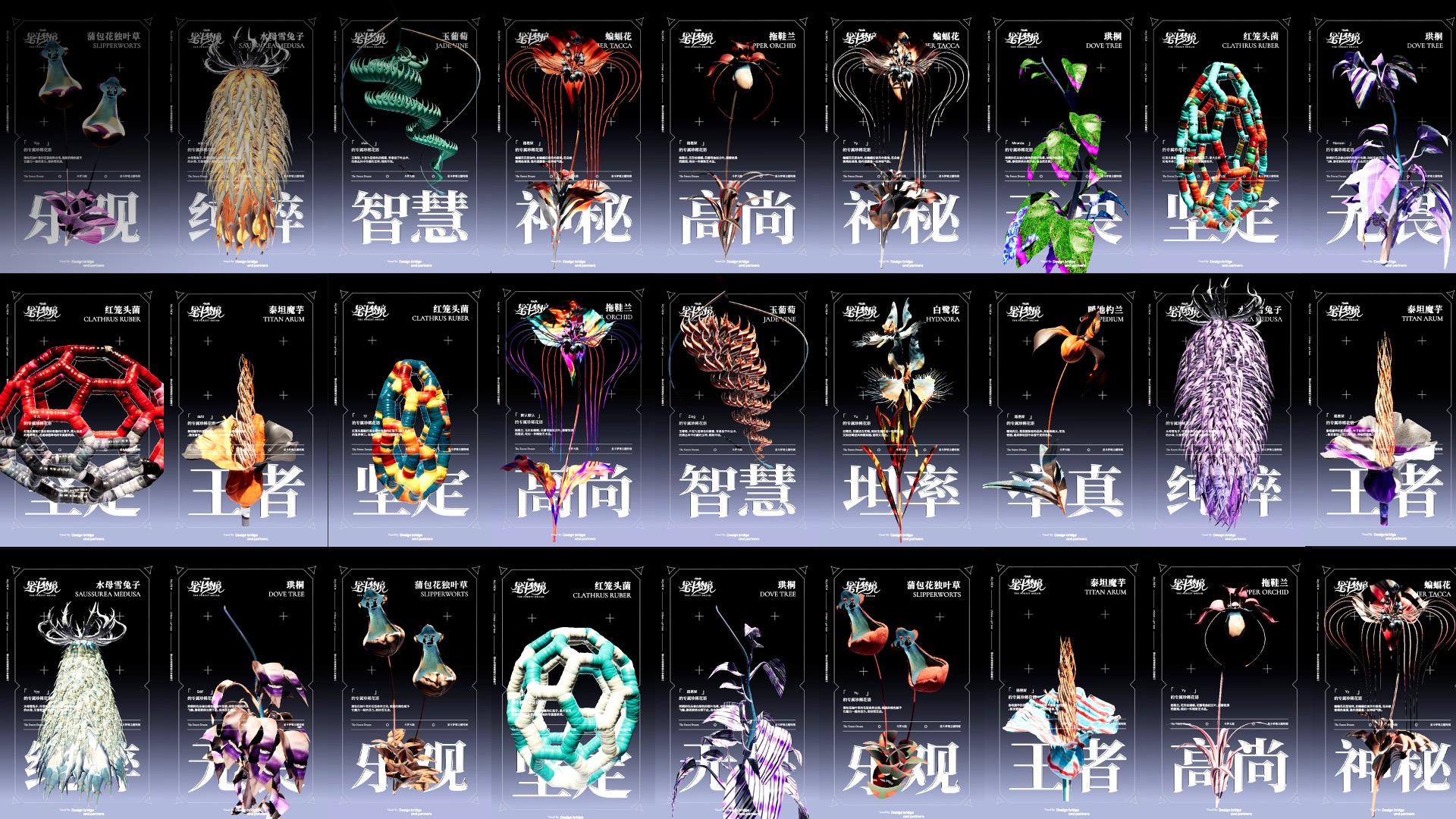
For Tan, there are a couple of ways the use of AI could go. "I believe our everyday creative work will become simplified and generalised, but truly original work will become more rare, therefore more expensive to create. Top tier talent will be harder to come by, and our over reliance on AI would have forced artists to leave the industry, leaving only a sea of sameness that continues to feed into AI machines, that continue to spew out the same designs.
I’m optimistic that human creativity is safe for a good while yet!
Ben Christie, Magpie Studio
"On the other hand, nothing might change. In the endless human pursuit of creative excellence, we might attract more promising talent to the industry since there are no longer any menial design tasks – everyone gets a chance to shine and explore their creativity from the start. Just like the advent of cameras didn’t eradicate portrait painters, we will cultivate an industry-wide sense of nostalgia for true human-only design and place a higher value on something made by the human brain."
Can AI be ignored? Edwards doesn't think so. "I think it’s clearly the next big revolution happening across all industries, and if you don’t learn how to make it an effective part of your design process, you might end up getting left behind," he says.
That doesn't mean we should all start panicking about job losses though. "It can do repetitive tasks brilliantly, but it lacks the capacity for creativity or human judgement. It can only copy what’s come before," says Christie. "So I’m optimistic that human creativity is safe for a good while yet!"
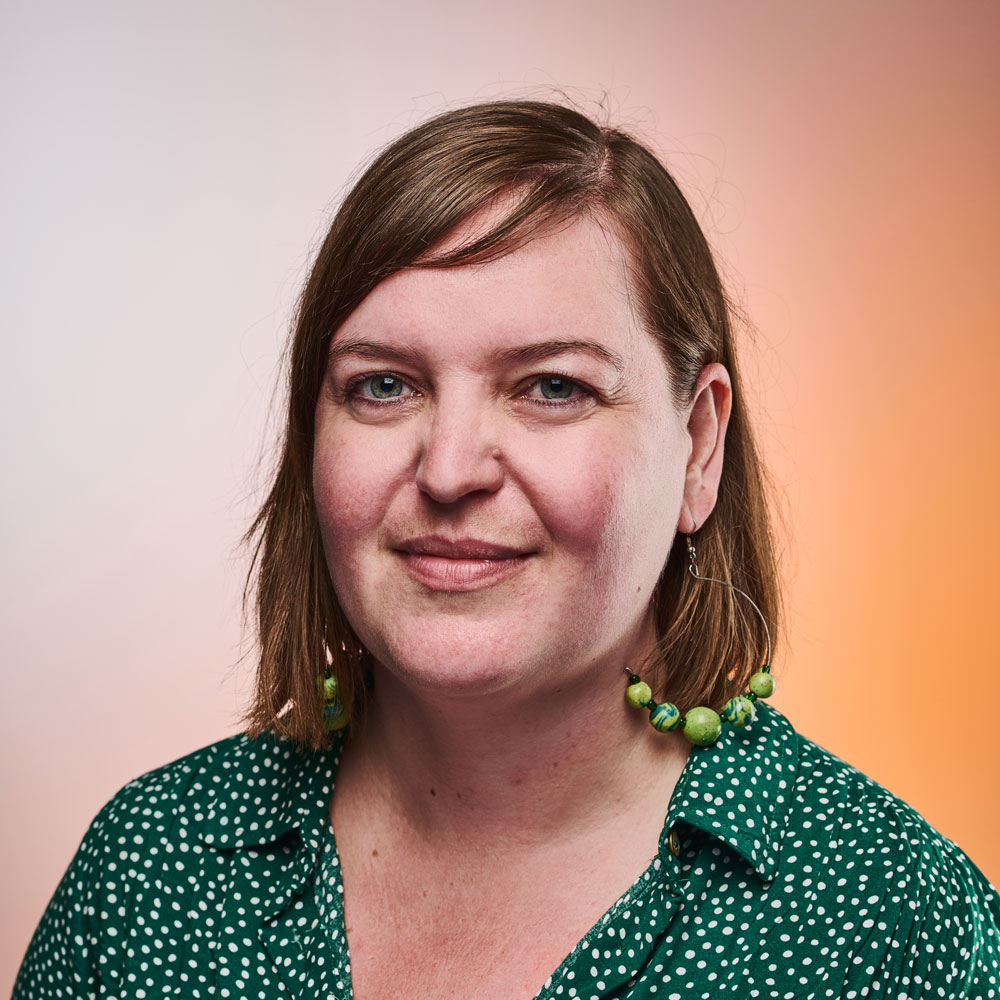
Rosie Hilder is Creative Bloq's Deputy Editor. After beginning her career in journalism in Argentina – where she worked as Deputy Editor of Time Out Buenos Aires – she moved back to the UK and joined Future Plc in 2016. Since then, she's worked as Operations Editor on magazines including Computer Arts, 3D World and Paint & Draw and Mac|Life. In 2018, she joined Creative Bloq, where she now assists with the daily management of the site, including growing the site's reach, getting involved in events, such as judging the Brand Impact Awards, and helping make sure our content serves the reader as best it can.
